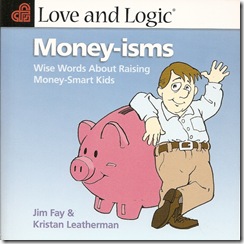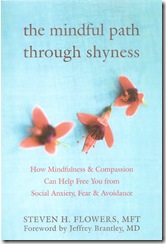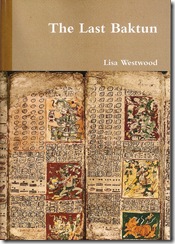
First-time novelist Shannon A. Hiner was convinced that "not all vampire fictions had to be exactly the same." The Butte College student and Berry Creek resident set out to create stories of what she calls "The Immortal World," in which ordinary humans become aware of another kind of existence interpenetrating their own. The first novel in the series is "Submerged in Darkness" ($12.99 in paperback from AuthorHouse, www.authorhouse.com).
Alexandra Rees works at a little store called the Lakeside Pull-In. Nothing out of the ordinary except that Alex is different somehow from other women. "Her hair was deep chestnut brown and grew just past her shoulders, neither flowing straight or curling. When people saw her eyes for the first time they did a double take. On first blush they were light blue, but the longer you looked the more you saw lavender in them."
Then, after a scary incident in her apartment--was she being watched?--Alex is asked by her friend Corri if she believes in immortals. "Like many of her friends, Alex had read the cutesy stories of impossibly handsome vampires sucking the blood out of helpless humans. She believed in supernatural forces, but vampires and werewolves?" What Corri is talking about is something very different indeed, and before long Alex is swept up in a centuries-long battle centering on the faeries, the Fae folk whose princess had died.
But she had not been killed by werewolves despite the rumors. Some of them were allied with the vampires in the service of the Great One and the awful battle against the dark lord and his servant vampire, Melchior. The dark lord coveted the power of the Fae princess, Elizabeth, who longed for the freedom of the woods. Her protectors were Liam the angelic and Damon Reine, "the last living member of the Black Ten," powerful vampires shrouded in mystery.
Alex plays a key role in Damon's quest to put an end to Melchior as she begins to unravel the dangerous truth about the voice inside her head. People aren't what they seem. It's hard to know whom to trust.
And what happens when love blooms? As the reader might guess, things get even more complicated--especially in the world of the Immortals.


